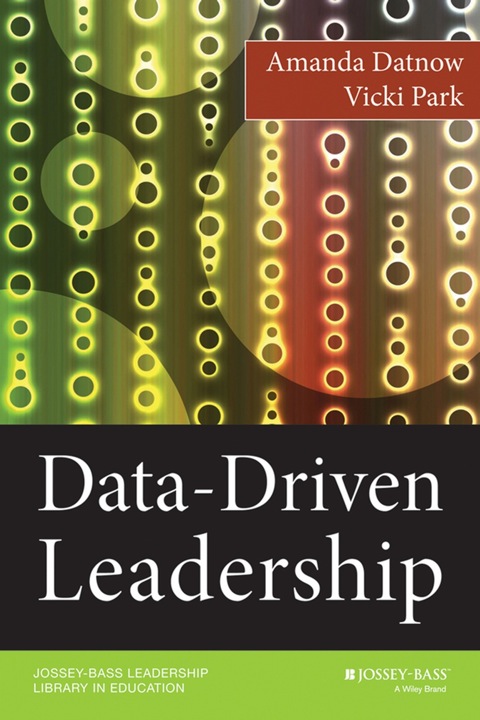Description
Efnisyfirlit
- Data-Driven Leadership
- More Praise for Data-Driven Leadership
- The Jossey-Bass Leadership Library in Education
- Titles in the Jossey-Bass Leadership Library in Education Series
- Copyright
- Contents
- The Authors
- Acknowledgments
- Chapter 1: The Promise and Pitfalls of Data-Driven Decision Making
- Perils and Perverse Incentives
- Cheating on State Tests
- Implementing Quick Fixes
- Targeting Students Just below Accountability Thresholds
- Narrowing of the Curriculum
- Data Overload
- The Promise of Data Use for Equity and Excellence
- What Counts as Data?
- What Is Data-Informed Decision Making?
- The Critical Role of Data-Informed Leadership
- The Knowledge Base for This Book
- Organization of the Book
- Chapter 2: The Four Ps of Educational Reform People, Policies, Practices, and Patterns
- A Framework for Understanding Data Use: The Power of the Four Ps
- The Four Ps Approach to Understanding Data-Informed Leadership
- The Data Use Studies
- Site Selection
- Data Collection
- Important Features of the Sites We Studied
- The People: A History of Stable Leadership
- The Policy Context: High-Stakes Accountability
- Practices and Patterns: Common Reform Features
- To Sum Up
- Chapter 3: Reculturing for Data Use
- Creating a Culture of Data Use for Continuous Improvement
- The Role of Culture in Enabling Data Use: Partnerships between Schools and Districts
- Understanding How Change Happens and Using Data Thoughtfully
- Establishing Expectations
- Sharing Data for Decision Making
- Building Trust through Flexibility and Teacher Expertise
- Creating a Culture of High Expectations for Student Learning
- Shifts in Beliefs and Ongoing Tensions
- To Sum Up
- Chapter 4: Goals, Routines, and Tools for Data Use
- The Importance of Goal Setting to Measure Progress
- Tools: District Curricular Guidelines
- Common Curriculum
- Pacing Plans
- Routines: Benchmark Assessments
- Development of Benchmark Assessments
- Usefulness of Benchmark Assessments
- Tools: Data Management Systems
- Routines: Structured Time for Collaboration
- Making Collaboration Happen
- The Value of Collaboration
- Tools: Protocols to Guide Data-Informed Decision Making
- To Sum Up
- Chapter 5: Using Data for Instructional Improvement
- Using Multiple Types of Data Tied to Learning and Teaching Goals
- How Data Use Changes Classroom Practices: Pausing, Reflecting, and Reteaching
- Moving toward Student Engagement as the Center of Instructional Improvement
- Data Don’t Tell Us Everything
- Building Instructional and Data Use Knowledge and Skills: Challenges and Supports
- Teacher Development
- Systemic Support
- To Sum Up
- Chapter 6: Facing the Future with Data-Informed Leadership
- Call #1: Use Data to Support a Culture of Inquiry and Continuous Improvement
- Call #2: Use Knowledge of the Four Ps in Planning Reform Efforts
- Call #3: Build Trust in the Process of Data Use
- Call #4: Build Skills and Knowledge for Data Use
- Call #5: Establish Goals, Routines, and Tools to Support Data Use
- Call #6: Keep Equity Concerns at the Forefront
- Call #7: Center Data Use around Improving Instructional Practice
- Facing the Future with Bold Leadership
- Appendix: Characteristics of Case Study Schools and Districts
- Notes
- Index






Reviews
There are no reviews yet.